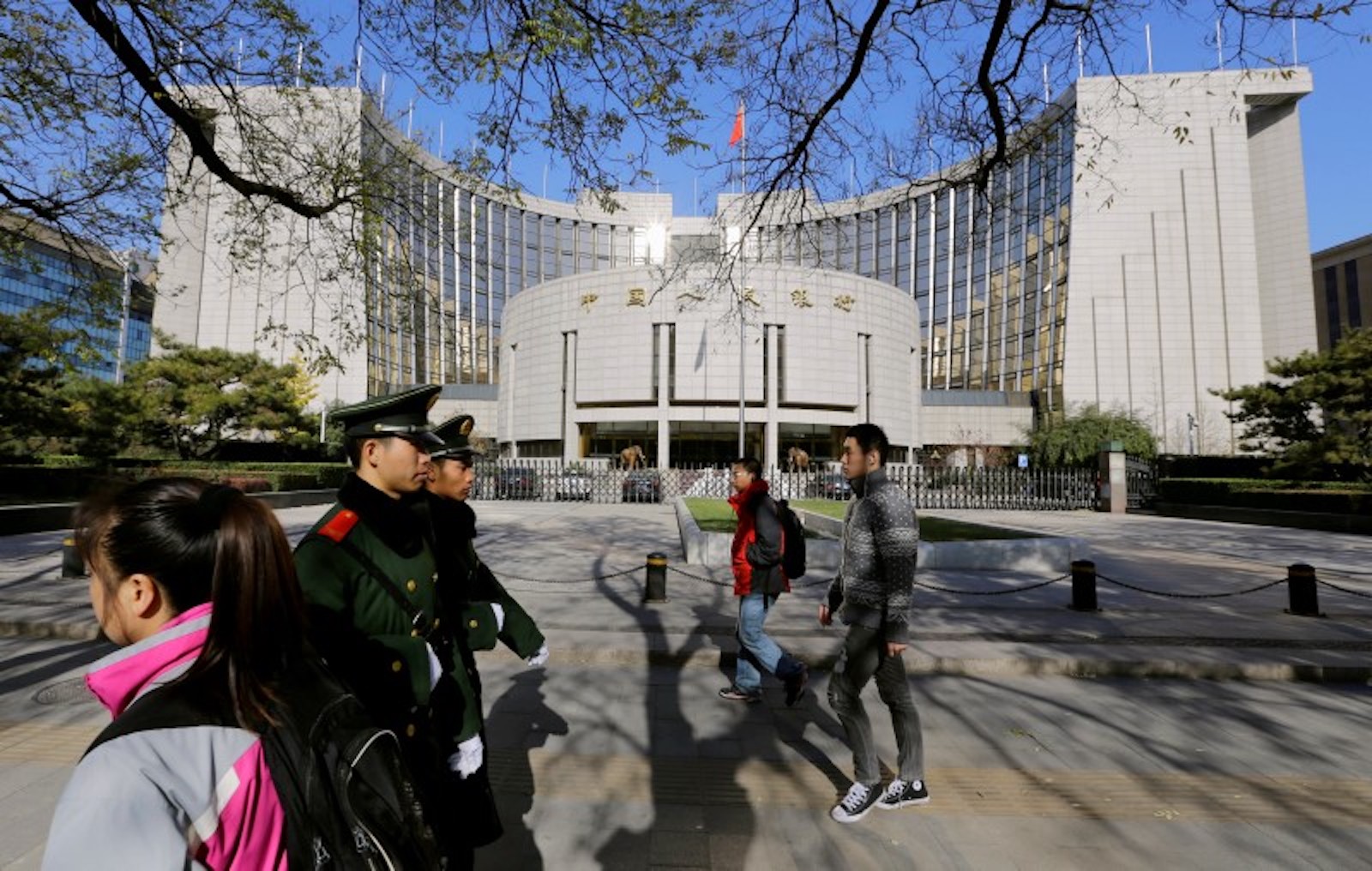(ATF) Officials from the central bank and securities regulators have agreed to reshape the financial infrastructure for China’s bond market, by creating ‘one point of access’ for qualified investors.
The People’s Bank of China (PBoC) and the China Securities Regulatory Commission (CSRC) issued a statement that said interconnection to the bond market is conducive to effectively facilitating the issuance and trading of bonds across markets.
They said it also promotes a free flow of capital, as well as forming a unified market and a unified price, and laying a solid foundation for the smooth transmission of monetary policy and effective implementation of macro-controls.
Qualified investors will be allowed to buy and sell bonds traded in each other’s markets via the “connect” infrastructure, the PBoC said in a statement.
The move also helps to improve the service level and efficiency of China’s bond market infrastructure, while promoting a customer-centric and competitive bond market system to better serve the real economy.
The announcement outlines the new arrangement in which qualified investors in the interbank bond market and the exchange bond market connect through two market-related institutions to buy and sell tradable bonds in the two markets.
Two parts
The interconnection of the two markets is divided into two parts: the trading front-end connection and an escrow settlement back-end link. On the front end, the Foreign Exchange Trading Center has established an efficient system connection with trading platforms at the Shanghai and Shenzhen Stock Exchanges to provide trading services.
Now, the China Central Clearing Corporation, the Shanghai Clearing House and China Settlement will each open nominal holder accounts to support qualified investors so they get the new “one-point access” transaction settlement system.
The announcement made it clear that PBoC and CSRC officials will strengthen supervision cooperation and coordination, and jointly supervise and manage bond issuance, registration, trading, custodianship, liquidations and settlements via this interconnection.
The interbank bond market’s bond registration service, plus custody and settlement institutions, and the exchange bond market’s bond registration service, plus custody and settlement institutions shall mutually open nominal holder accounts to record the balance of all nominal bonds.
The statement said that while the interbank bond market and the exchange bond market are interconnected, banks – the China Development Bank and policy banks, state-owned commercial banks, joint-stock commercial banks, city commercial banks, foreign banks in China and other banks listed in China – can choose to participate in bond transactions through the new interconnection mechanism or by directly opening accounts themselves.
Much larger
The interbank bond market, which was formed in 1997 and is supervised by the central bank and dominated by banks, is much larger than the exchange bond market in terms of issuance and trading volume.
The exchange bond market is regulated by the CSRC and describes investors such as brokerages, investment funds and individuals as “participants”.
By the end of 2019, China’s total outstanding bonds reached 99.1 trillion yuan ($14.3 trillion), with interbank bonds of 86.4 trillion yuan, or 87% of that total, according to central bank data.
China’s central bank pushed for this move initially back in 2018, to unify bond rating qualifications in the interbank and exchange bond markets. That was the first step toward breaking the barrier between the two markets.
Reactions appear to have been positive.
“It’s a logical step forward. However, the interbank market is much larger than exchange market and I wouldn’t see any significant change in dynamics as a result,” said Paul Sandhu, head of Multi-Assets Quant Solutions & Client Advisory, APAC at BNP Paribas Asset Management.
With reporting by Reuters
























